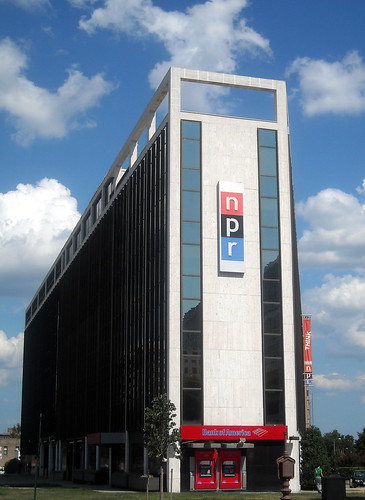Do you have a story you would like to report on? Are you ready to join the ranks of the citizen journalists? If so, you might be interested in the YouTube Reporters’ Center.
According to the YouTube Reporters Center:
The YouTube Reporters’ Center is a new resource to help you learn more about how to report the news. It features some of the nation’s top journalists and news organizations sharing instructional videos with tips and advice for better reporting.
